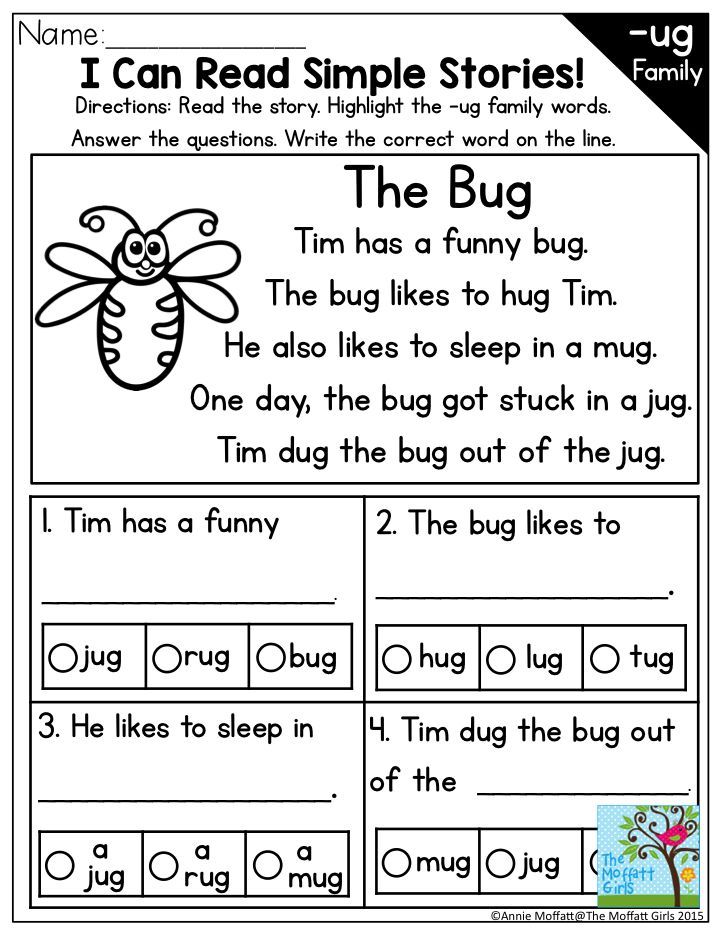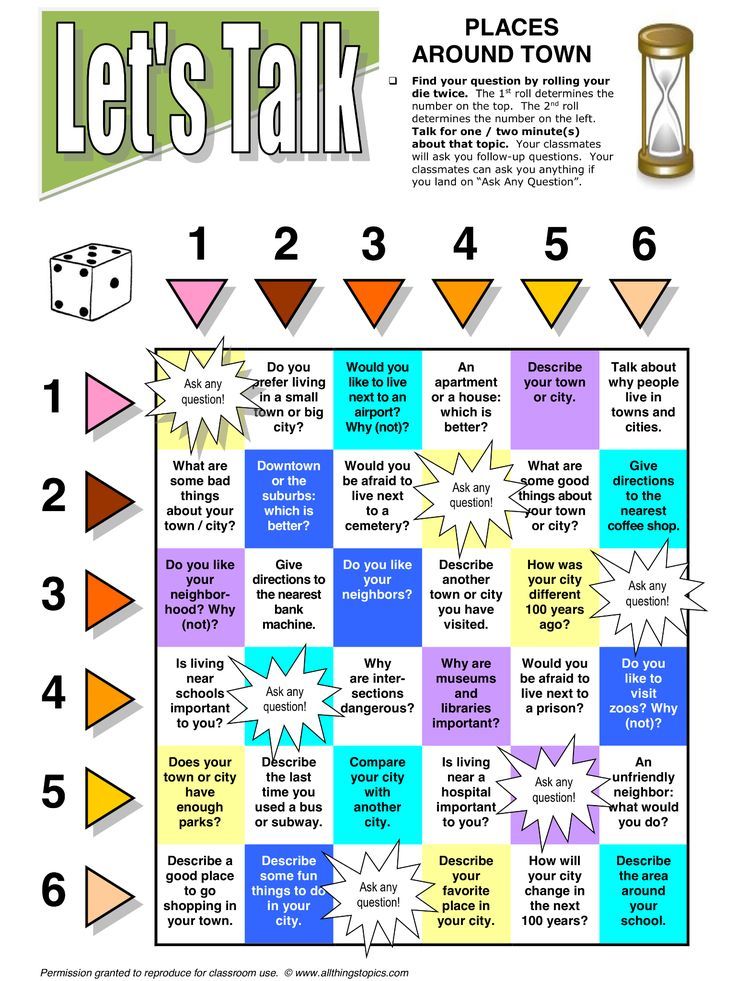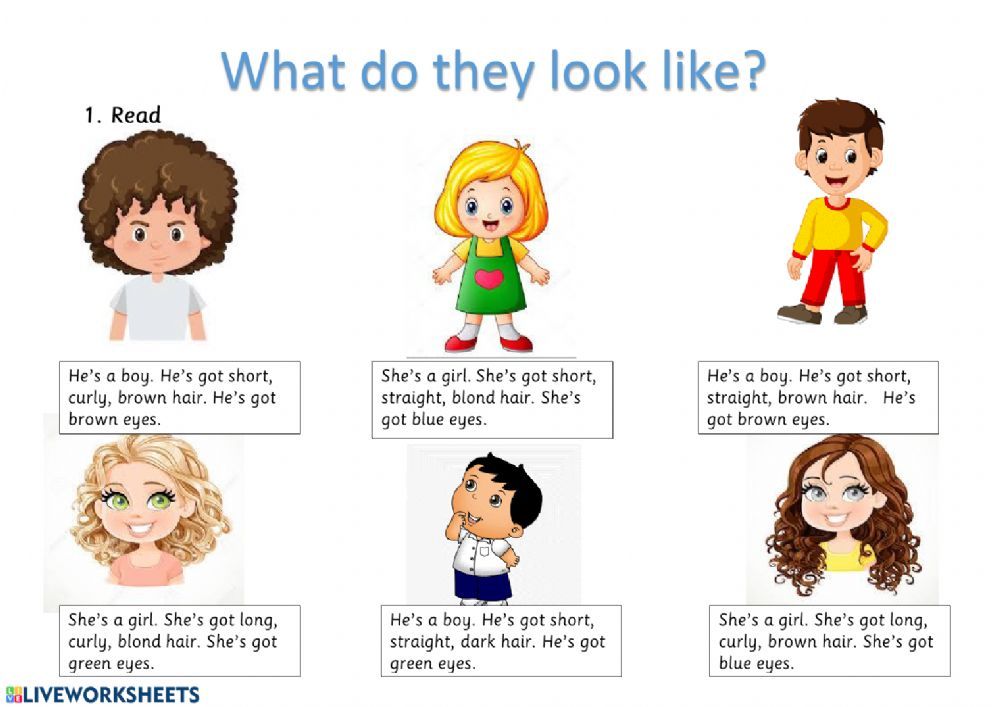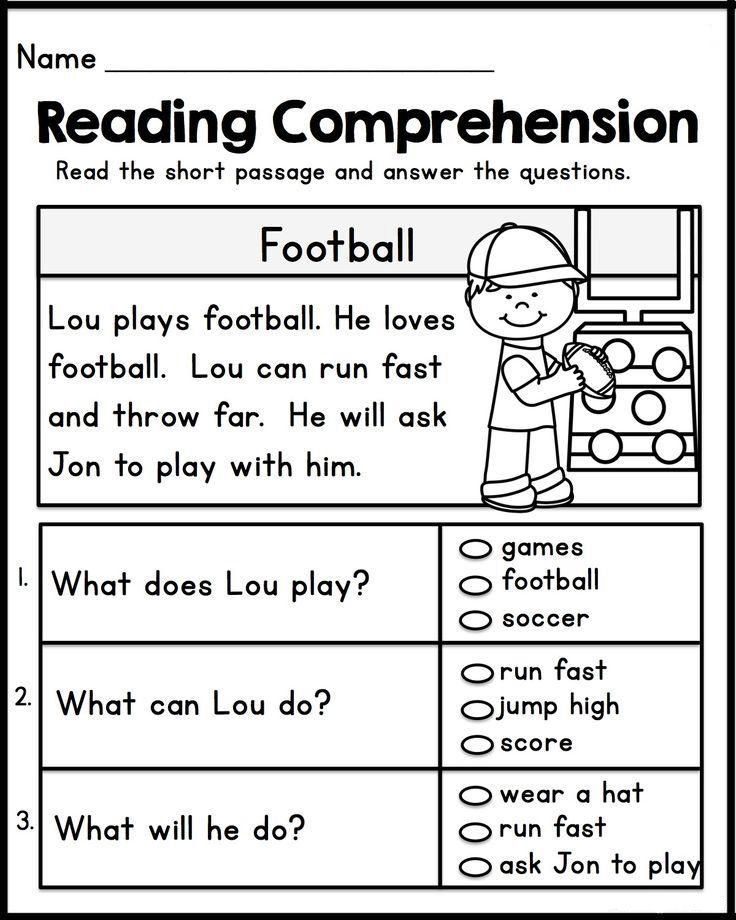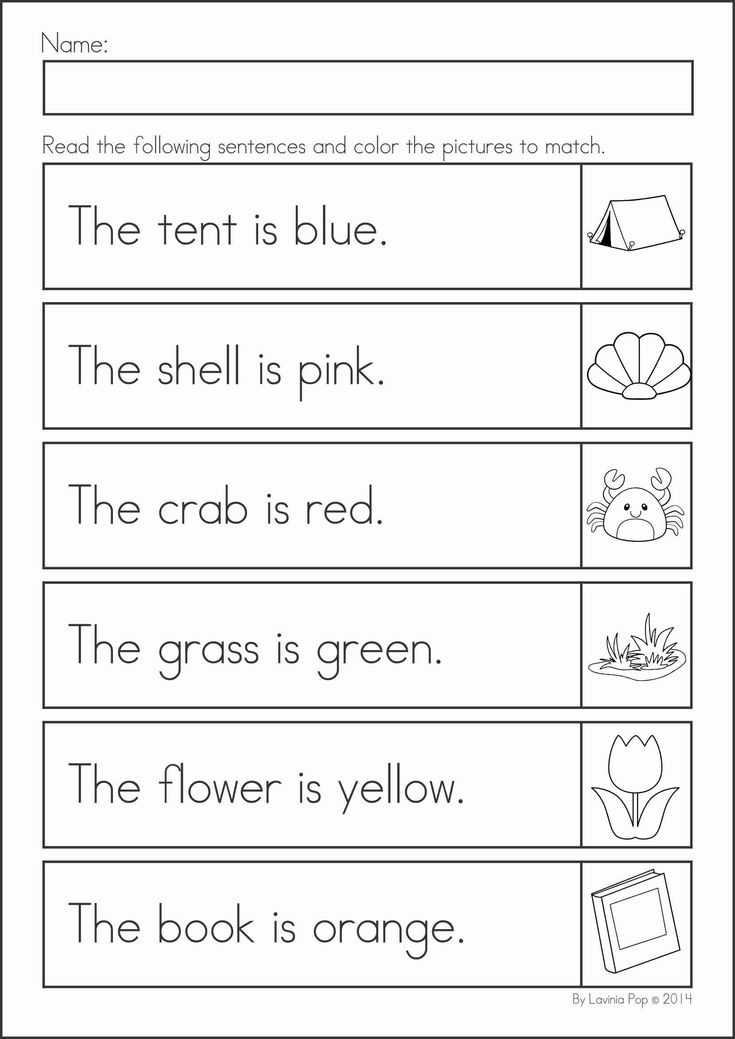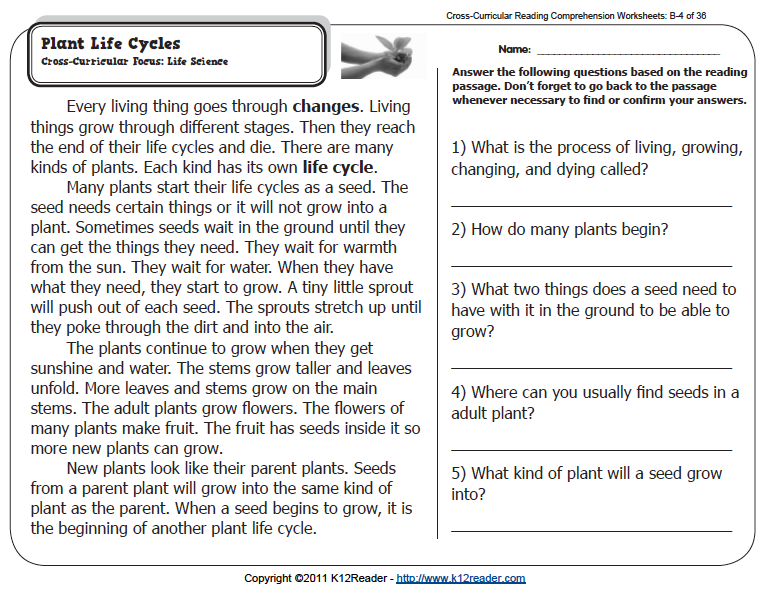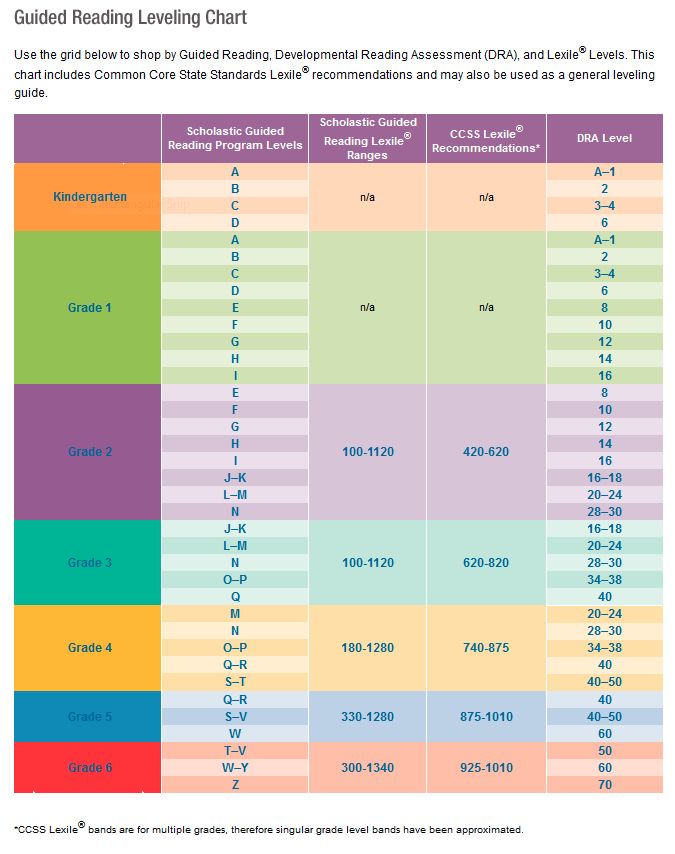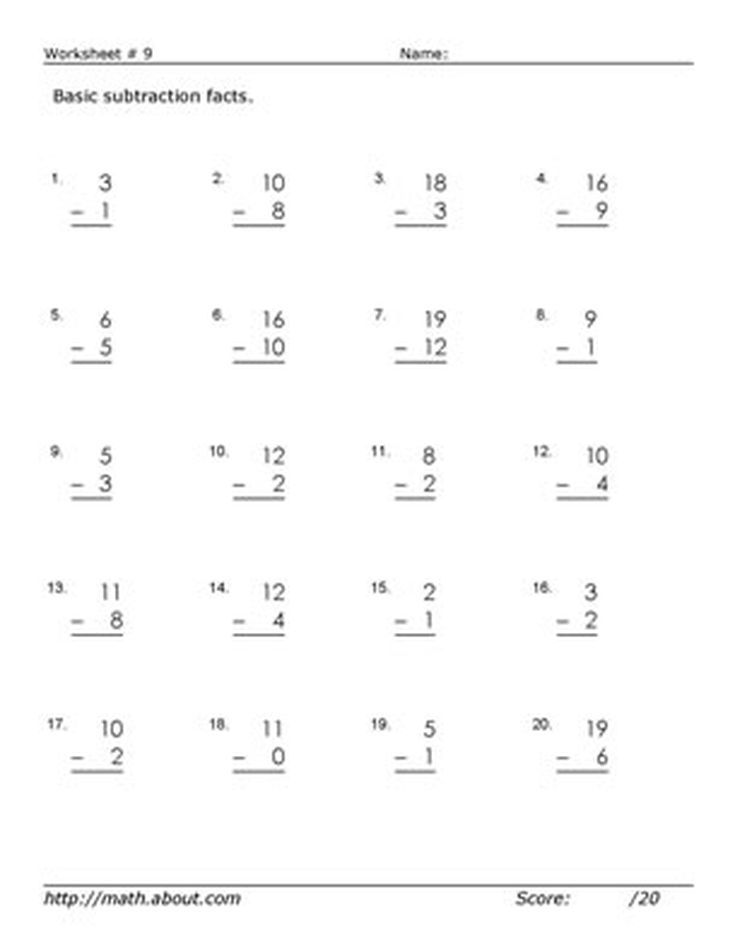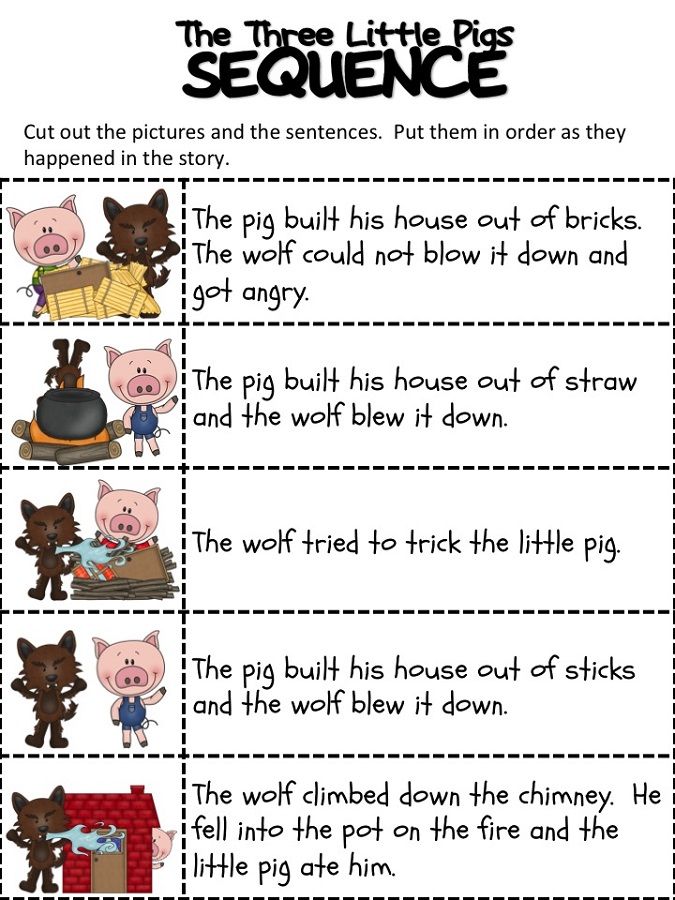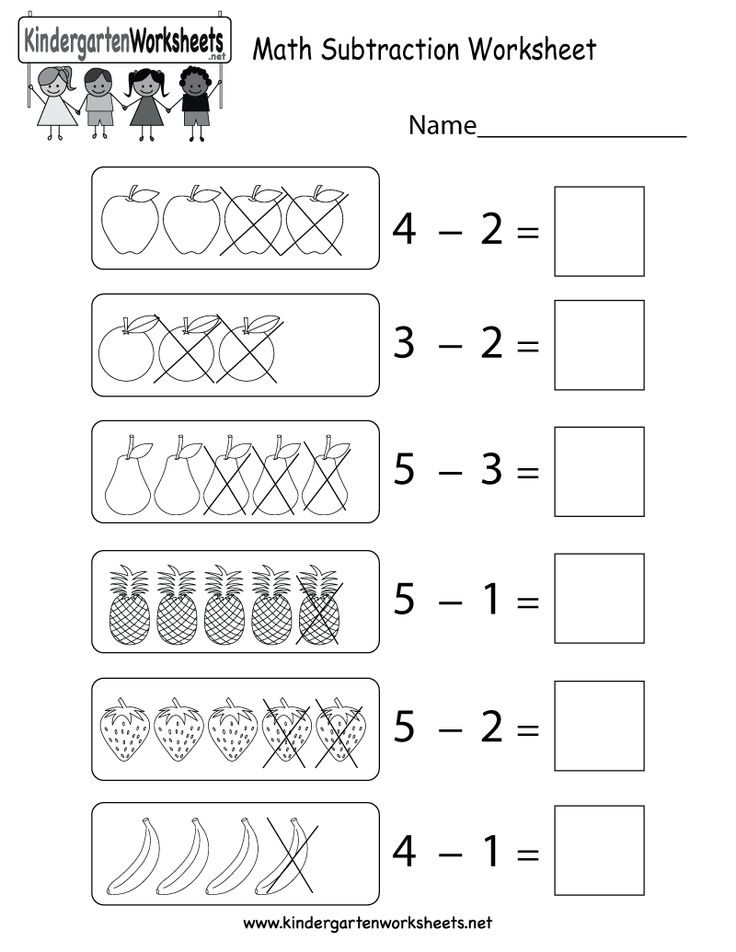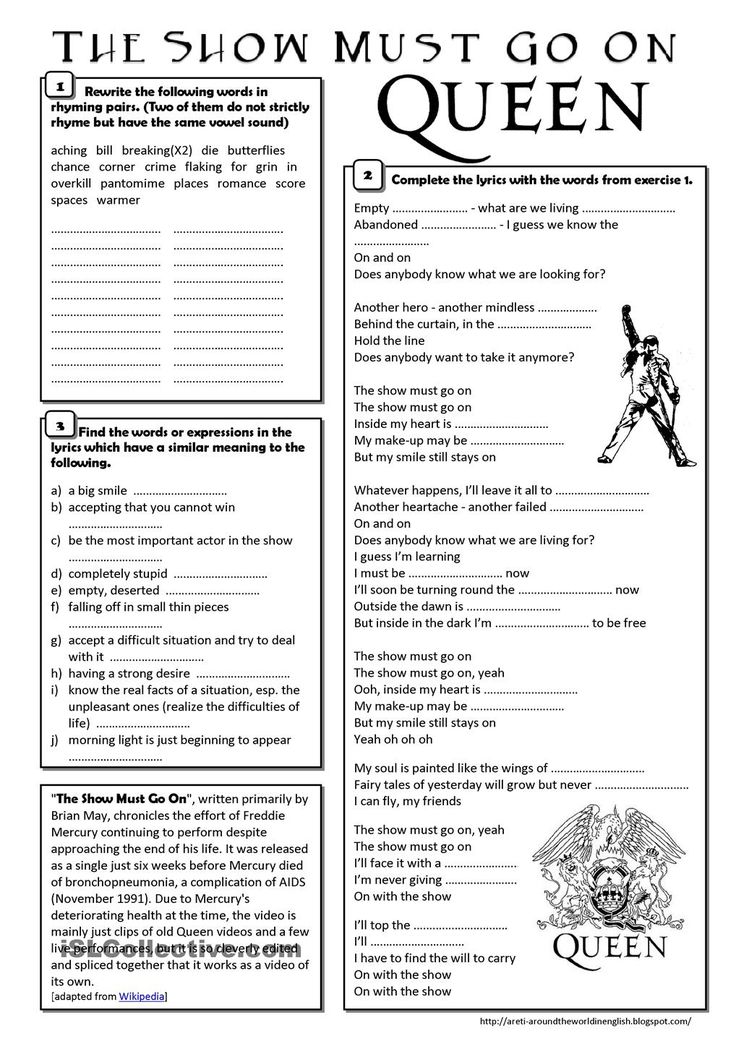Social and emotional learning for kids
5 Easy Social Emotional Learning Activities For Kids To Do At Home — Better Kids
As parents, we worry about whether our kids will make friends and will be equipped to adapt to life’s challenges. Social emotional learning, commonly shortened to SEL, represents the set of skills your child needs to thrive throughout their life. SEL is commonly described by five core competencies: self-awareness, self-management, responsible decision making, relationship skills, and social awareness. Very simply put, SEL allows children and adults to understand their own emotions and the emotions of others, and to use this understanding in their choices and relationships.
While “SEL” has become a common buzz word among educators, social emotional learning does not just occur in the classroom; it is an important part of our home, as well. Here are five easy social emotional learning activities for children (and adults!) to support SEL in your home:
1.You’ve likely heard of the many benefits that come from adults keeping gratitude journals. This daily dedication to giving thanks is not just beneficial for adults! Keeping a gratitude journal helps children increase their self-awareness and self-management; this daily time to express gratitude allows children to reflect on their lives and focus on positive aspects.
Create a gratitude journal - somewhere that your child can write something for which they are feeling grateful that day. Your child can decorate the front or even create the book themselves for added ownership and fun. Rather than write broad gratitudes like “family” or “food,” try to encourage more specific aspects of their lives. Use this template or these questions to help encourage deeper thinking and more precise gratitudes:
Who is one person that makes you feel grateful today?
What was one thing you ate today for which you feel grateful?
What is one thing you/ your body is able to do right now that makes you feel grateful?
 Create a glitter jar
Create a glitter jarCertain visual stimulation can awaken our senses and calm feelings of anxiety or anger. Watching glitter swirling and floating in a jar of water can encourage children’s self-management, as they learn to pick up their glitter jar and calm their strong emotions with greater independence. While your child grows more practiced in using their glitter jar to manage strong emotions, you can help support them with prompts like these:
It seems like you are experiencing a big emotion right now. Would you like to take out your glitter jar? When it settles, you might be ready to discuss what happened.
Perhaps your mind is having difficulty focusing right now. How about you take out your glitter jar and take some deep breaths while watching the glitter settle? Let me know when you feel ready to focus again.
You might not have a solution to your problem right now but how about you take out your glitter jar to see if you get any ideas after watching it?
To create your own glitter jar you will need a jar, airtight lid, water, and a bit of glitter.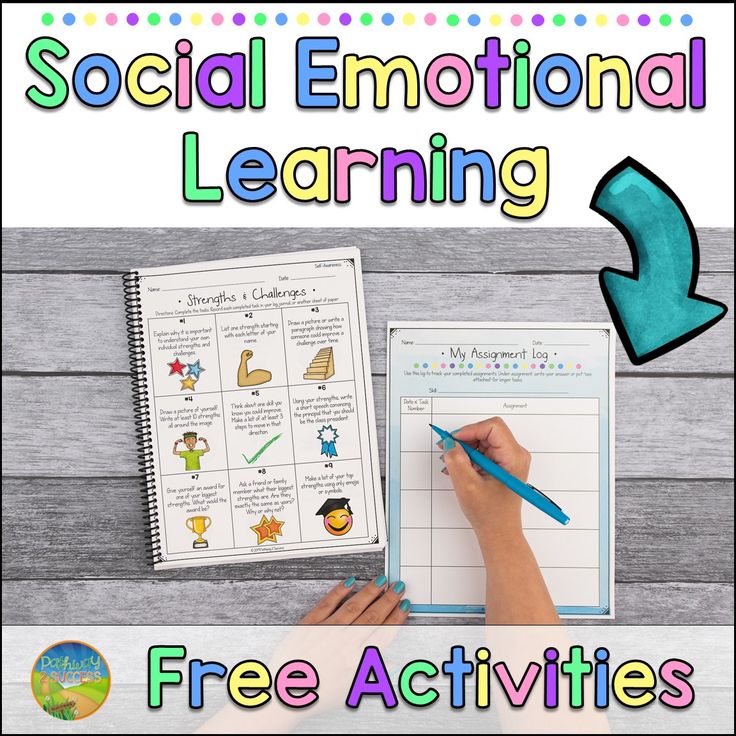 This fun hands-on art activity will last a long time if handled with care, and offer great opportunity for social emotional learning. If you want to avoid the possible mess of a physical glitter jar, you can alternatively find similar effects online. For example, try the Augmented Reality (AR) glitter jar feature on the app, Wisdom: The World of Emotions (iOS, Android).
This fun hands-on art activity will last a long time if handled with care, and offer great opportunity for social emotional learning. If you want to avoid the possible mess of a physical glitter jar, you can alternatively find similar effects online. For example, try the Augmented Reality (AR) glitter jar feature on the app, Wisdom: The World of Emotions (iOS, Android).
Thinking about positive social connections gives us reason to reflect and feel joy. Even when children are just at home, they can think about the important people in their lives by writing letters or drawing pictures for others. This practice can help build children’s relationship skills and social awareness, even if they are working alone. Try encouraging your child with extra guidance:
Who is someone that makes you feel grateful? Someone that you are really glad to have in your life?
Who is someone that you think would love to hear from you? Someone whose days you could brighten?
Would you like to write them a letter or draw them a picture? Why don’t you tell me what you’d like to say in the letter and I will write it down (for children who are not yet writing independently).

What are some things you’d like to tell them / show them? Are there any questions you would like to ask them?
Creating and maintaining a daily schedule helps children stay structured. It allows children to rely on a sense of predictability and safety. Being involved in this process allows children to practice responsible decision making and self-management. It gives children the opportunity to reflect on previous days and the day ahead, as they make choices in their schedule to help manage their emotions. To start this conversation with your child, try some of these prompts:
What are some things you would like to do tomorrow? Let’s make a list.
We have a busy day! Let’s sit to think about when we want to do what today.

Wow, look at everything you have accomplished today. What was the best part of your day? What are you looking forward to for tomorrow?
Check out this link for a daily reflection and schedule template that you can print for you and your child. Using a consistent format for scheduling your days can help support your structure.
5. Reset your bodyWhen we experience strong emotions, our body responds. Certain practices, such as breathing exercises or stretching routines, can help children increase self-awareness and self-management of their emotional responses. There are many child-friendly breathing and stretching exercises that guide children and help them visualize their practice. Try the SEL app, Wisdom : The World of Emotions for an Augmented Reality (AR) breathing exercise or physical grounding game (visual shown below) for kids to follow along.
You may choose to do such breathing or stretching exercises at scheduled time of the day (perhaps before bedtime or as a daily break from homework). You may also choose to use these practices when at moments you and your child feel it could be helpful. Try some of these prompts as you and your child navigate good times to reset your bodies:
I notice you seem (insert: upset, distracted, tired, experiencing strong emotions…). Would you like to do a breathing exercise with me?
It’s been a long day. Why don’t we get our bodies and minds ready for bed with some stretches.
I think we can focus on this better after we reset our bodies. Would you prefer to focus on our breathing or stretching?
Better Kids’ Grounding Game - follow these 4 easy steps!
These activities are meant to be easy and meaningful ways to incorporate SEL into your home and into children’s lives.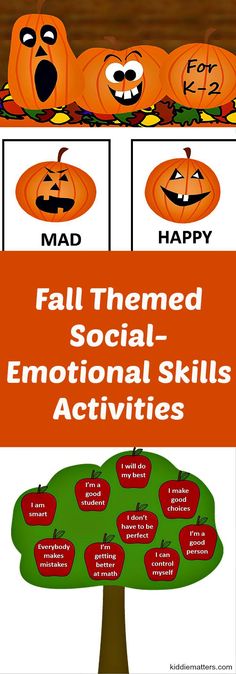 Give them a try and see how your children’s SEL skills strengthen and mature with practice!
Give them a try and see how your children’s SEL skills strengthen and mature with practice!
If you are looking for more activities, try these art activities or these mindfulness activities. If you are an educator, these additional activity ideas for the classroom might be helpful.
Author - Shea Cours
Shea Cours is a 3rd grade teacher and recent graduate from Stanford University. In her free time, she questions whether or not her cat actually likes her.
3 Comments
Social-Emotional Learning | Social-Emotional Skills
Social-emotional learning helps students succeed in the classroom and throughout their lives.
Social-emotional learning isn’t just a feel-good activity. It’s not psychotherapy or an attempt to parent kids. Nor is it a substitute for core academic subjects such as math, science, or literacy.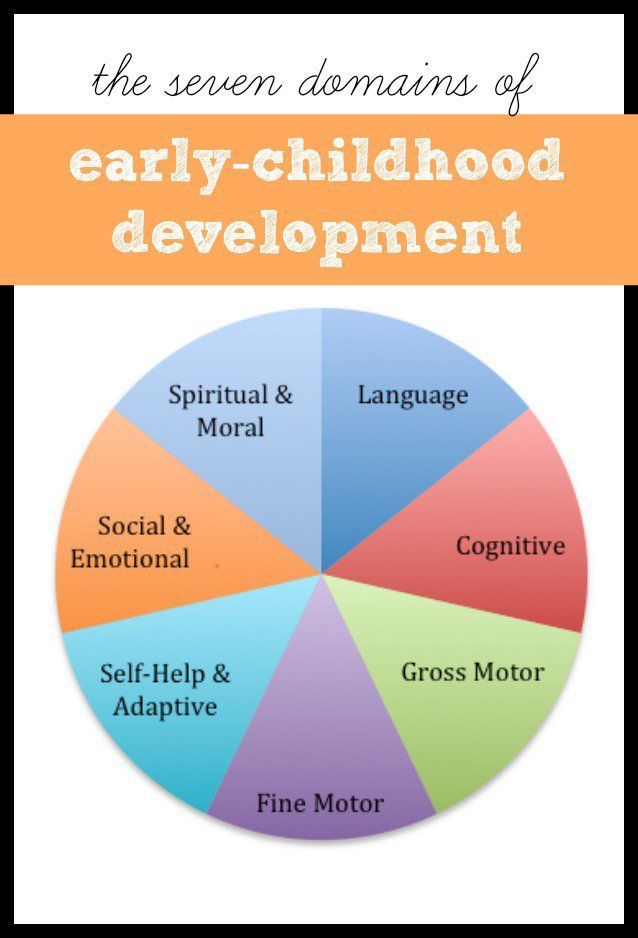
Instead, SEL concepts provide an extra dimension to education, focusing on improving cooperation, communication, and decision-making. In a world where emotional intelligence is critical for lifelong happiness, successful careers, and healthier relationships, SEL gives students a framework for developing these skills.
Decades of research have demonstrated the benefits of SEL. A short list of research findings includes the items below.
In a meta-analysis of 213 school-based SEL programs, participants demonstrated significantly improved social and emotional skills, attitudes, and behavior, as well as an 11-percentile-point gain in academic performance. [1]
Children who are socially and emotionally competent have more friends and more connections with positive peers, and are less likely to be rejected, isolated, or bullied. Children with friends are happier and more successful in school. [2]
Empathetic children with good perspective-taking skills are less likely to be physically, verbally, or indirectly aggressive toward peers.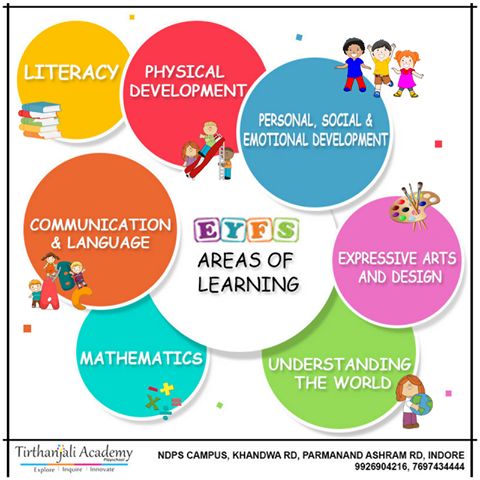 [3]
[3]
Children’s social relations affect their feeling of connectedness at school, which affects their sense of academic competence. [4]
The social-emotional competence of students is an important component of effective bullying prevention. [5]
SEL interventions show an average return on investment of $11 for every dollar spent. [6]
Learn more about the research showing the efficacy of SEL and Second Step programs.
How SEL Is Taught in the Classroom
- The teacher explains a concept with words, pictures, video, and/or audio
- Students practice the concept through skill practice, group discussion, individual writing, or partner work
- The teacher continues reinforcing the concept throughout the week
- The teacher sends information home for students to work on with parents
- The teacher checks for understanding
- The teacher re-teaches where necessary
This ebook features perspectives from a number of leading teachers, administrators, researchers, and education experts.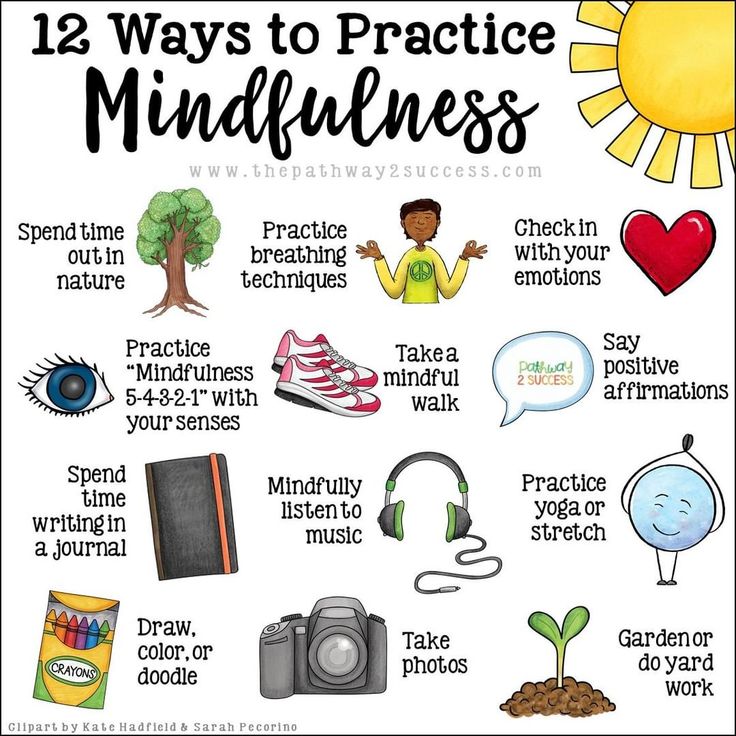
Download the Ebook
Joan Cole Duffell
Former Executive Director, Committee for Children
Matt Segneri
Director, Social Enterprise Initiative (SEI), Harvard Business School
Andria Amador
Assistant Director of Behavioral Health Services, Boston Public Schools
Roger P. Weissberg, PhD
Chief Knowledge Officer, CASEL
Meria Joel Carstarphen
Superintendent, Atlanta Public Schools
Reed Koch
Former President, Board of Directors, Committee for Children
Alonda Williams
Senior Director for Education, Microsoft
R. Keeth Matheny
Teacher, Austin (Texas) Independent School District
Dan Kranzler
Founder, Kirlin Charitable Foundation
Paul D. Eaton
Major General (Ret.), United States Army
Related Blog Posts
View AllWith more than 20. 5 million children currently participating each year, Second Step programs are the premier SEL curricula in the nation. We help educators create success in their schools and districts.
5 million children currently participating each year, Second Step programs are the premier SEL curricula in the nation. We help educators create success in their schools and districts.
- Durlak, J. A., Weissberg, R. P., Dymnicki, A. B., Taylor, R. D., & Schellinger, K. B. (2011). The impact of enhancing students’ social and emotional learning: A meta-analysis of school-based universal interventions. Child Development, 82(1): 405–432.
- Collaborative for Academic, Social, and Emotional Learning. (2007). Background on social and emotional learning (SEL). Chicago: University of Illinois at Chicago.
- Kaukiainen, A., Bjorkqvist, K., Lagerspetz, K., Osterman, K., Salmivalli, C., Rothberg, S., et al. (1999). The relationships between social intelligence, empathy, and three types of aggression. Aggressive Behavior, 25, 81–89.
- Guay, F., Boivin, M., & Hodges, E.
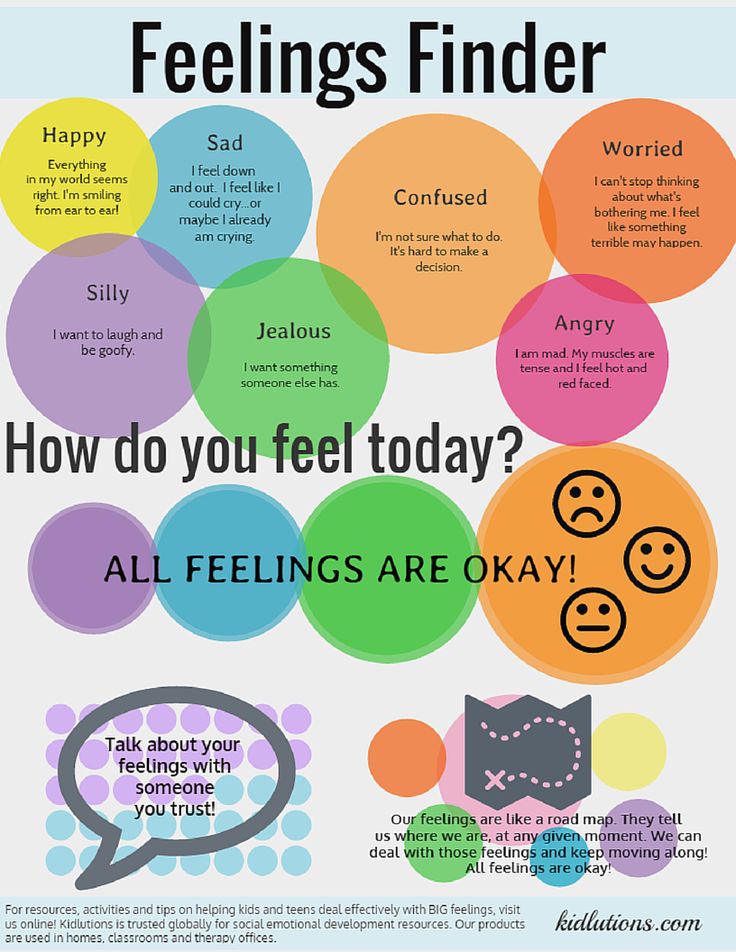 V. E. (1999). Predicting change in academic achievement: A model of peer experiences and self-system processes. Journal of Educational Psychology, 91, 105–115.
V. E. (1999). Predicting change in academic achievement: A model of peer experiences and self-system processes. Journal of Educational Psychology, 91, 105–115. - Smith, B. H., & Low, S. (2013). The role of social-emotional learning in bullying prevention efforts. Theory Into Practice, 52(4), 280–287. doi:10.1080/00405841.2013.829731
- Belfield, C., Bowden, B., Klapp, A., Levin, H., Shand, R., & Zander, S. (2015). The Economic Value of Social and Emotional Learning. New York: Center for Benefit-Cost Studies in Education, Teachers College, Columbia University.
Back to list of documented benefits
The 5 Social Emotional Learning Skills Needed by Lagging Students
The Highly Emotional Adolescent Brain
Teenagers are notorious for being emotional and impulsive. It turns out that the teenage brain is to blame.
Thanks to neuro-technologies that allow us to literally look into the brain, we now have a neurological explanation for the disproportionate impulsivity of adolescents, their desire for risk and hypersensitivity to peer pressure.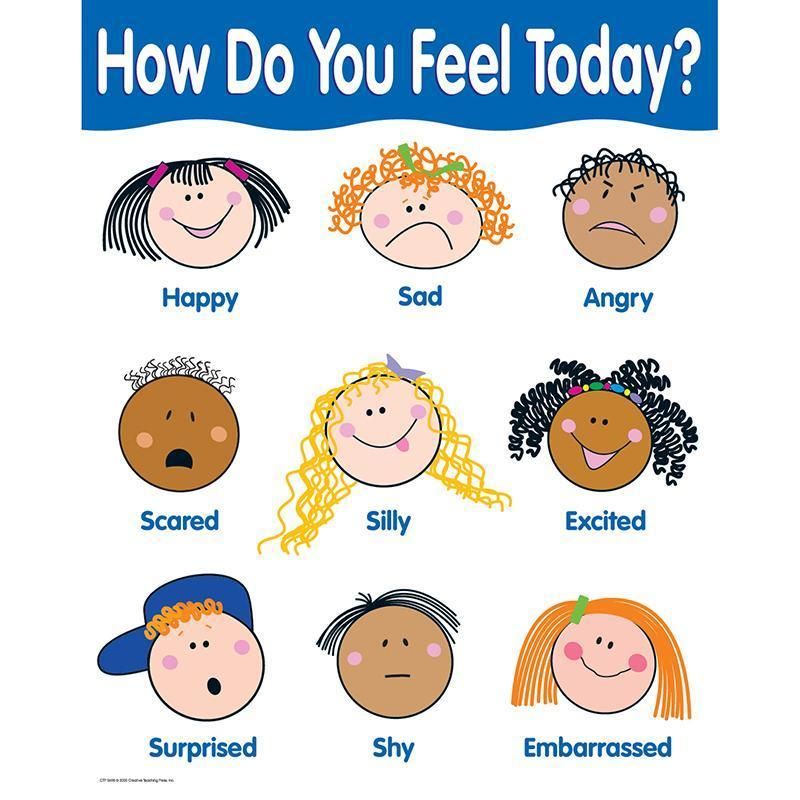 nine0005
nine0005
Simply put, the development of the adolescent "rational brain" or prefrontal cortex lags behind the development of the "emotional brain" or limbic system of the brain. This means that executive function skills such as impulse control and emotion regulation often lose out to strong desires for instant gratification and peer approval. And emotions like stress, frustration, or embarrassment cause a short circuit in the prefrontal cortex of the brain, making learning difficult. nine0005
It is therefore no wonder that students who are lagging behind in reading and learning are in such dire need of support for social-emotional learning (SEA). For such students, a specific reading teaching methodology that includes SEA skills is likely to be more effective than a traditional reading development program. An example of such a technique is Fast ForWord with its latest programs Foundations and Elements (for high school students). This technique was developed by eminent US neuroscientists and is aimed at developing the areas of the brain responsible for speech, reading and cognitive functions - key elements for successful learning.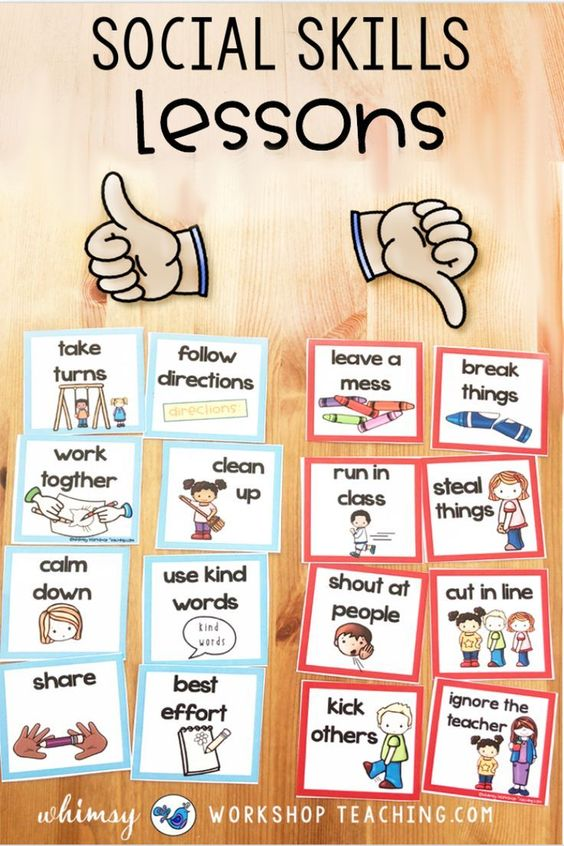 nine0005
nine0005
The social-emotional impact of reading retardation
When students lag behind in reading, their self-confidence drops as they realize they are lagging behind their peers. By the time they become teenagers, they may feel socially and emotionally isolated. Thus, a domino effect begins due to a lack of motivation to try to catch up, frustration in learning and, ultimately, low expectations from one's own prospects. Often students' negative emotions lead to their destructive behavior, which affects their relationship with peers and teachers, leading, among other things, to lesson disruptions, neglect or lack of participation in class work. nine0005
The best approach to overcome these socio-emotional barriers to student achievement is to develop social-emotional skills. As best-selling author and education expert Eric Jensen states in his book Teaching with the Brain in Mind, “Emotions and the mind do not exist separately; emotions, thinking and learning are interconnected. ”
”
But social-emotional learning is a big topic. What priorities should secondary school teachers set in teaching? Here are five social-emotional learning skills that are especially important for students in adolescence, and how the Foundations and Elements programs develop SEA skills and reading/learning skills at the same time. nine0005
The Five Socio-Emotional Learning Skills for High School Students
at school. A series of repeated failures often leads to self-doubt and even conviction of one's own stupidity.
The real problem is often not learning disabilities, but finding the right way to unlock the true, limitless potential of students. And when students begin to achieve academic success, their confidence skyrockets, which in turn helps them to study even better, and this cycle continues endlessly. nine0005
The secret to success lies in the 80:20 ratio between success and difficulty. This proportion is provided by classes that are not too difficult, so as not to suppress the motivation to study, and at the same time, classes are not too easy, forcing the student to work hard.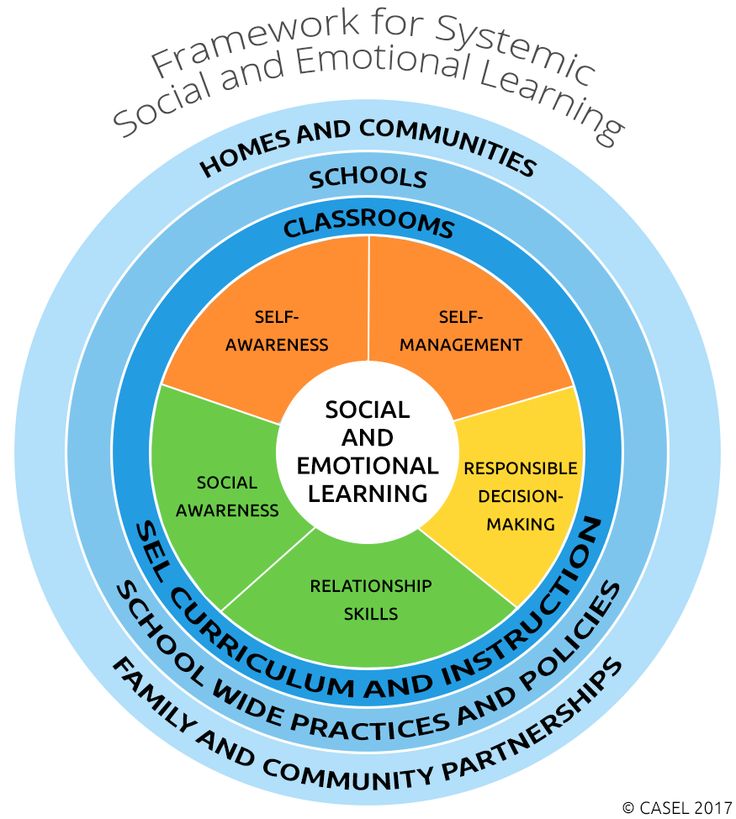
Students who regularly fall behind their peers in class are not used to a consistent 80% success rate. But if you arrange classes in such a way that these students are successful 80% of the time, they experience a surge of confidence that they can achieve their goals, instead of feeling overwhelmed by the fact that they are wrong all the time. The dopamine rush that accompanies this success also fires up students' intrinsic motivation to keep learning and succeeding. nine0005
Foundations and Elements are the latest Fast ForWord programs for slow learners. The exercises in these programs are constantly adapted to the student's abilities, the curriculum is designed to ensure that the student can consistently give at least 80% correct answers, with optimally timed rewards that keep students engaged and willing to learn. This system helps build self-confidence and ensures success in reading and learning. nine0005
2. Healthy self-esteem
Students' increased confidence in their ability to learn and succeed creates a new sense of self - healthy self-esteem.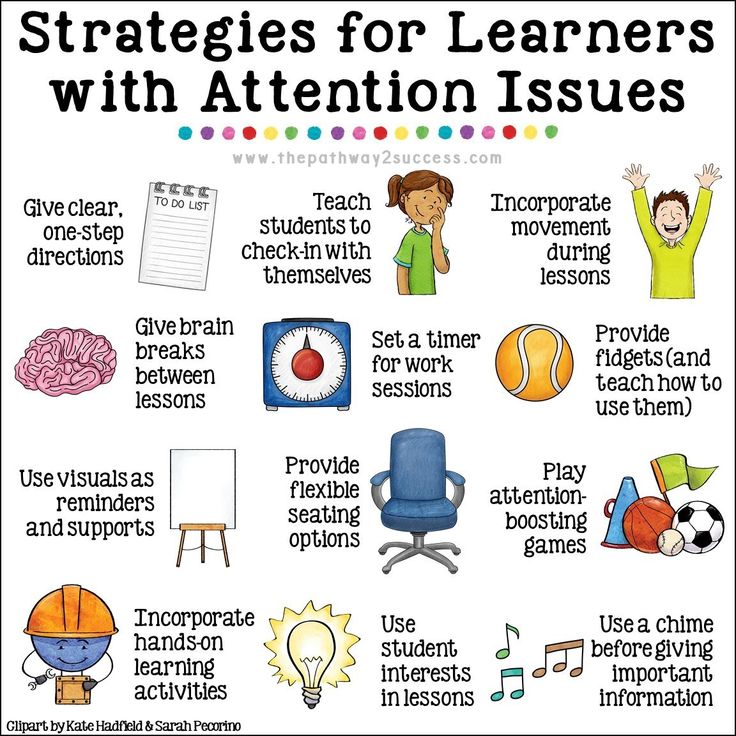 Instead of thinking "I can't do this" or "I'm stupid", they set themselves up for success by believing in themselves: "I'm smart!".
Instead of thinking "I can't do this" or "I'm stupid", they set themselves up for success by believing in themselves: "I'm smart!".
One of the components of healthy self-esteem is flexible thinking, the belief that education makes a person successful, and not some intangible, innate ability to learn. The validity of this belief is rooted in the ability of the human brain to change, called neuroplasticity (brain plasticity). Neuroplasticity is the state of the brain as a flexible, experiential organ that can be constantly reprogrammed throughout life. Thanks to this, a person is never too late to learn new skills. nine0005
After early childhood, adolescence is the time when the brain is at its most plastic, with incredible potential for continued learning. Thus, teenagers who need to strengthen their learning ability and confidence will greatly benefit from the development of flexible thinking.
Educators and parents can instill flexible thinking in middle school students by thinking through their speech. When a student says, "I can't do it," the teacher can gently correct him, "You can't do it yet. But you can! When a child says, "I'm giving up," the parent can support, "I'll help you find another way to deal with this." Teachers and parents should avoid making statements like "it's easy" and instead make sure their students know that "it's okay to have trouble." nine0005
When a student says, "I can't do it," the teacher can gently correct him, "You can't do it yet. But you can! When a child says, "I'm giving up," the parent can support, "I'll help you find another way to deal with this." Teachers and parents should avoid making statements like "it's easy" and instead make sure their students know that "it's okay to have trouble." nine0005
One of the leading neuroscientists who elucidated the role of human brain plasticity in learning was Michael Merzenich, often referred to as the "father of neuroplasticity." He is one of the founders of the Fast ForWord methodology, which uses neuroplasticity to effectively train the brain in speaking and writing, cognitive skills, and social-emotional skills at the same time. This is what flexible thinking means in action!
3. Self-management
Self-management is the ability to regulate one's actions, thoughts and emotions for purposeful behavior leading to the achievement of goals. As evidenced by a recent EdSurge article, high school students are successful when their self-management skills are developed.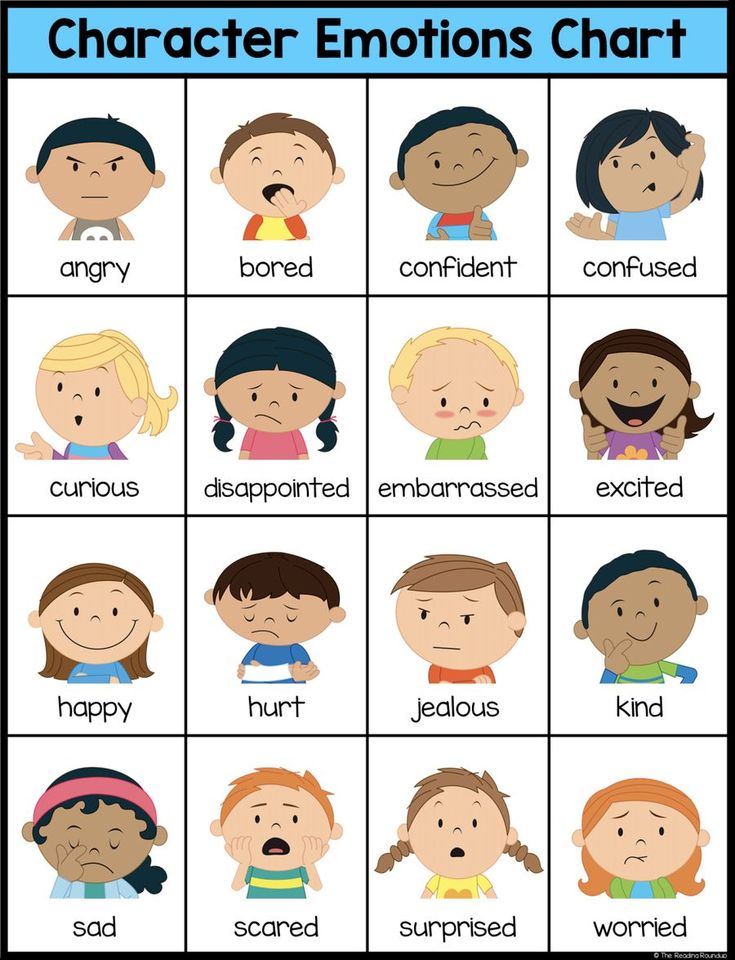
Teenagers strive for independence and self-reliance, and educators can help them develop the self-management skills they need to succeed. Self-management skills include the ability to focus on the current task, goal setting, planning, and time management. nine0005
Some of the Foundations and Elements exercises are specifically designed to develop attention skills, developing the cognitive ability to stay focused on a task. For example, SonoLab is an exercise that requires students to listen carefully to a series of sounds and press a button as the sound changes. In essence, it trains the brain to concentrate and not act impulsively.
Students also develop self-management by reviewing the "Today's Report" at the end of each session, tracking their own progress. As students evaluate how well they achieved their goals during each session, being single-minded becomes a habit and they improve their self-management skills. nine0005
4.
 Self-defense
Self-defense
Self-protection is closely related to self-management, that is, the ability to constructively support one's own interests and security both independently and when seeking help or support when necessary.
Some students find self-defense easy. These are the students who raise their hands during the lesson, ask questions, and even ask for an extension of the deadline for assignments when extenuating circumstances arise. nine0005
Other students—usually those who are not confident in their academic or speaking skills, who fear embarrassing themselves in front of their peers, or who fall behind so often that they lose interest in learning—have not developed self-defence skills. Unfortunately, when these students encounter barriers to their academic progress, they don't seek the help they need. They don't ask for clarification when they don't understand the assignment. They miss deadlines. nine0005
Fortunately, today's technology offers a socially safe environment where students can access more information or practice more when difficult or confusing tasks come up, all without potentially embarrassing scenarios. And when students get used to seeking and receiving help on their own, with the help of a computer program, they can learn to seek help from a teacher or peers when they need it. nine0005
And when students get used to seeking and receiving help on their own, with the help of a computer program, they can learn to seek help from a teacher or peers when they need it. nine0005
In Fast ForWord programs, such self-protection tools are implemented in the form of operational interventions. For example, if a student is having difficulty in any of the exercises, they can click on the question mark button in the top navigation bar to practice in "help" mode without affecting their progress or accumulated points. This socially safe self-help mechanism allows the student to learn at their own pace and seek the help they need without risking peer judgement. nine0005
5. Self-control
Finally, self-management and self-protection combine to create self-control, to control the execution of all points to achieve the goal. Essentially, self-control is the student's ability to take responsibility for their own learning. As students develop the skills needed to become responsible adults, self-control becomes an important social-emotional learning ability.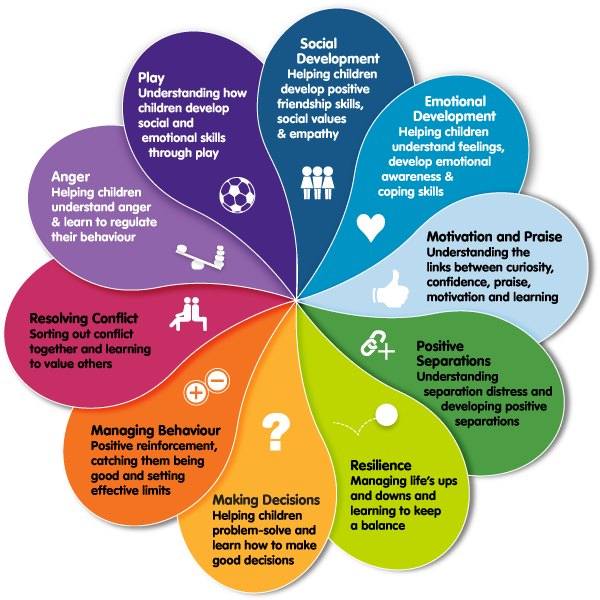 nine0005
nine0005
From the very beginning of every lesson in Fast ForWord, students practice self-control. In the "Today's Assignment" menu, the student chooses which exercise to start with. Within each exercise, the student is responsible for the quality and completeness of their work; whether the lesson was completed; whether it is necessary to use the built-in help for additional practice, and for which exercise to move on to.At the end of each session, the student tracks their daily progress in the "Today's Report", enters the data into motivational tables and assesses whether the goals have been achieved. nine0005
What's more, because Fast ForWord Foundations and Elements are online programs, students can easily work with them at home, giving them even more opportunities to practice self-organization and self-control.
Conclusions
Teenagers have special social-emotional learning needs due to their rapidly developing brains.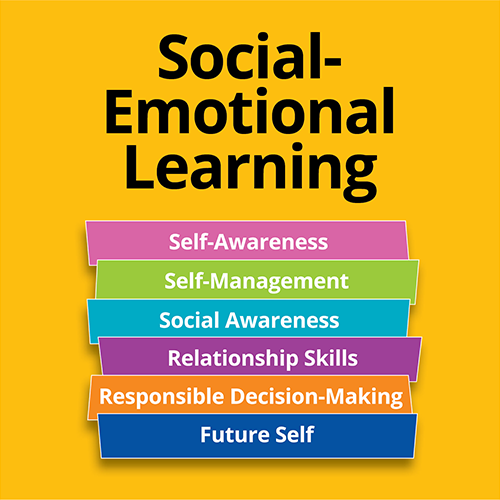 Five social-emotional learning skills that can be especially useful for middle and high school students are self-confidence, healthy self-esteem, self-management, self-protection, and self-control. nine0005
Five social-emotional learning skills that can be especially useful for middle and high school students are self-confidence, healthy self-esteem, self-management, self-protection, and self-control. nine0005
Along with developing the language, writing, and cognitive skills needed for academic success, Fast ForWord Foundations and Elements help children develop the skills they need to self-manage and protect themselves. The combination of these two factors gives the student a sense of confidence in their ability to learn and exercise free will, providing a sense of control over tasks and their successful completion. During this process, the child develops healthy self-esteem and sees himself for who he really is - a capable student with great potential for success. nine0005
Retrieved
Want to quickly help your child overcome reading and learning difficulties? Use the advanced, evidence-based online educational methodology Fast ForWord!
Sign up for trial classes - don't put off helping your child!
SIGN UP
Useful material? Share with friends!
Social-emotional learning.
 New technology? — Didaktor nine0004
New technology? — Didaktor nine0004
In recent years, the scientific and pedagogical community in Russia has increasingly attached importance to the technology of social-emotional learning (SEL). Scientific and practical conferences on this topic are held, foreign experts are invited to conduct seminars. master classes and trainings. Of course, even the name itself will arouse the interest of practicing teachers. And, of course, the features and relevance of this technology are of interest.
what does SOCIO-EMOTIONAL LEARNING mean? nine0043
Social Emotional Learning (SEL) refers to the acquisition by students of the skills to recognize and manage emotions, develop empathy and care for others, make responsible decisions, establish positive relationships and effectively deal with difficult life situations that arise,
In short, this concerns formation of self-management skills, a positive attitude towards others and making responsible decisions.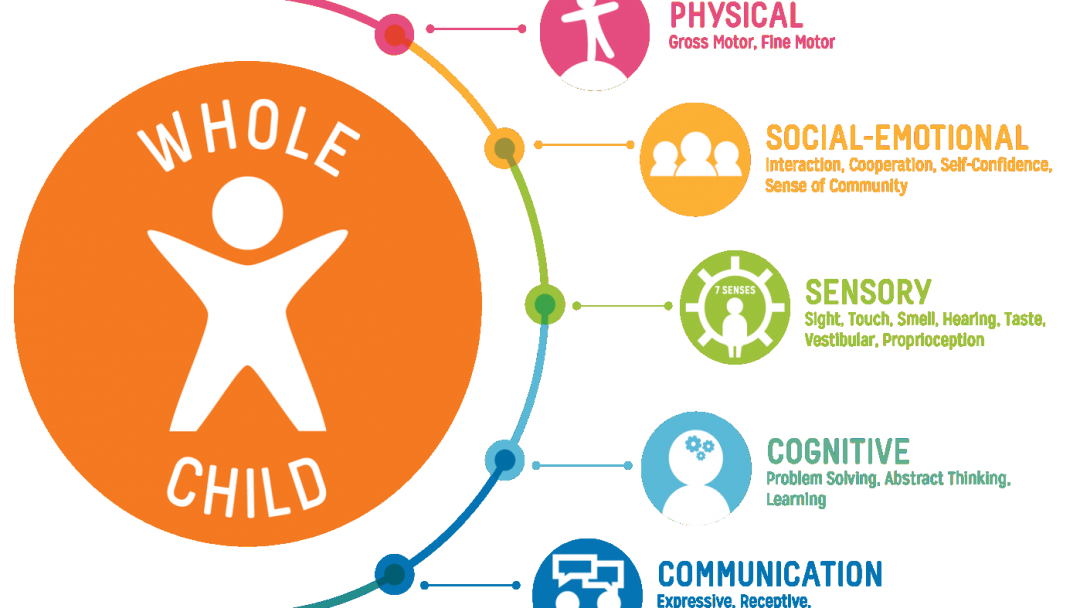
KEY SOCIAL AND EMOTIONAL SKILLS
SEL co-creator Davide Antognazza identifies five interrelated sets of cognitive, affective and behavioral competencies, and these are grouped into five key areas of social and emotional skills.
| Self-awareness | Emotion identification and recognition |
| Accurate self-perception | |
| Recognizing strengths, needs and values | |
| Self-efficacy | |
| Spirituality | |
| Public recognition | Perspective |
| empathy | |
| Diversity recognition | |
| Respect for others | |
| Self-government |
Basic PRINCIPLES of Social Emotional Learning
Four key principles are generally considered.
Principle 1: The Core Values of are at the heart of this technology as they shape the student's behavior. The development of a set of actions without substantiating values will lead to inconsistency in purpose and behavior, actions.
Principle 2. Social and emotional skills should be taught to students so that they can adequately manage them. These skills will help them meet future challenges. Five key skill areas :
- self-awareness,
- social awareness,
- self-government,
- relationship management
- responsible decision making.
Teaching students social and emotional skills can be explicit, through special lessons and conversations, or hidden - through learning moments, modeling behavioral, moral and problematic situations.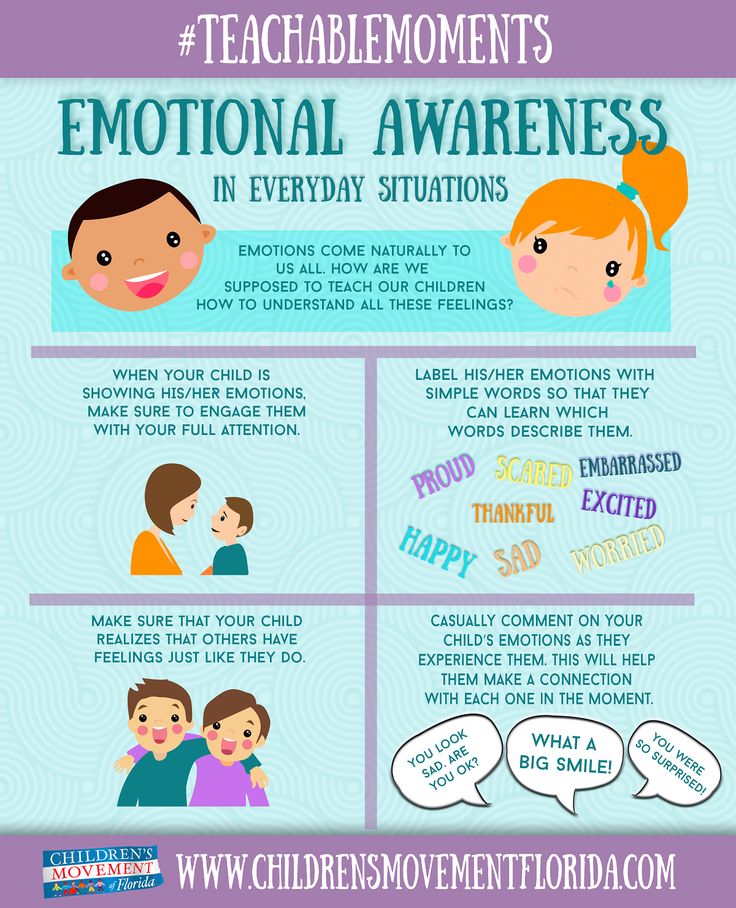 nine0005
nine0005
Principle 3: Schools play an important role in teaching social and emotional skills because school leaders and teachers can and should be strong role models. In addition, the school environment is an important means of teaching students, a platform for the formation of social and emotional skills.
Principle 4: Children with social and emotional skills attached to sound values will be able to demonstrate good, formed character and strong citizenship. nine0005
SEL Expected RESULTS
Through SEL technology, students acquire the skills, knowledge, and behavior to effectively manage themselves . Students are prepared to form appropriate relationships with others and make responsible decisions necessary for personal and social well-being. Research shows strong links between SEL scores and students in the areas of intelligence, development, character building, school performance, career success, and civic responsibility.

